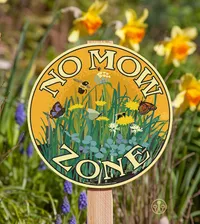Is No Mow May a good idea? Garden experts weigh up the pros and cons of not mowing your lawn this month
No Mow May sees gardeners down lawnmowers for an entire month to encourage more bees to their lawns. But is it the right course of action for a healthy garden?


Like the lawns it hopes to encourage, No Mow May has grown, and blossomed, in recent years. The idea may have started out as a conservation initiative in the UK as a way to make lawns friendlier for bees and other pollinators, but No Mow May has now taken root halfway across the globe.
In 2020, the city council in Appleton, Wisconsin suspended lawn ordinances for the month of May so that residents could participate in No Mow May, according to Bee City USA. This city, energized by the idea and the results, spread the word and an ever-growing number of towns and cities across the States are now looking to participate.
Reducing the amount of yard maintenance you have to do and helping the bees? This modern garden idea may seem too good to be true. Well, according to some garden experts, it may well be. 'I think the idea comes from a good place,' says landscape designer Ryan Prange of Falling Waters Landscaping. 'The idea of saving bees and bringing in pollinators is very good. But not mowing your grass to save the bees may be the wrong approach.'
Before committing to a month of no mowing, there are some things to consider to ensure your lawn stays healthy and happy through May and beyond. We asked the experts for their opinions on No Mow May, how to make it work for your lawn if you do want to take part, as well as the alternative ways you can create a bee-friendly outdoor space in the long term.
What is No Mow May?
May, for many people, truly marks the start of the gardening season, which makes it intrinsically linked with mowing the lawn. Over winter, lawns need little maintenance, so in May, you'd usually expect mowing to be high on the agenda of keen gardeners. No Mow May is pretty self-explanatory in that sense - you simply don't mow the lawn during May. But why?
'Bees and other pollinating insects are at their most active in late spring, so by allowing your garden to run wild throughout the month you’re giving insects more access to precious nectar,' explains landscape gardener Ray Brosnan.
No Mow May was established by Plantlife in the UK, as a solution to the dramatic reduction in natural wildflower meadows. 'May is a crucial month for flowering plants that need to get a firm foothold but we are not advocating never mowing after May,' explains Oli Wilson from Plantlife.
In the UK, the number of homes actively participating has trebled in three years, according to Plantlife, and seeds of the initiative have started to spread overseas.
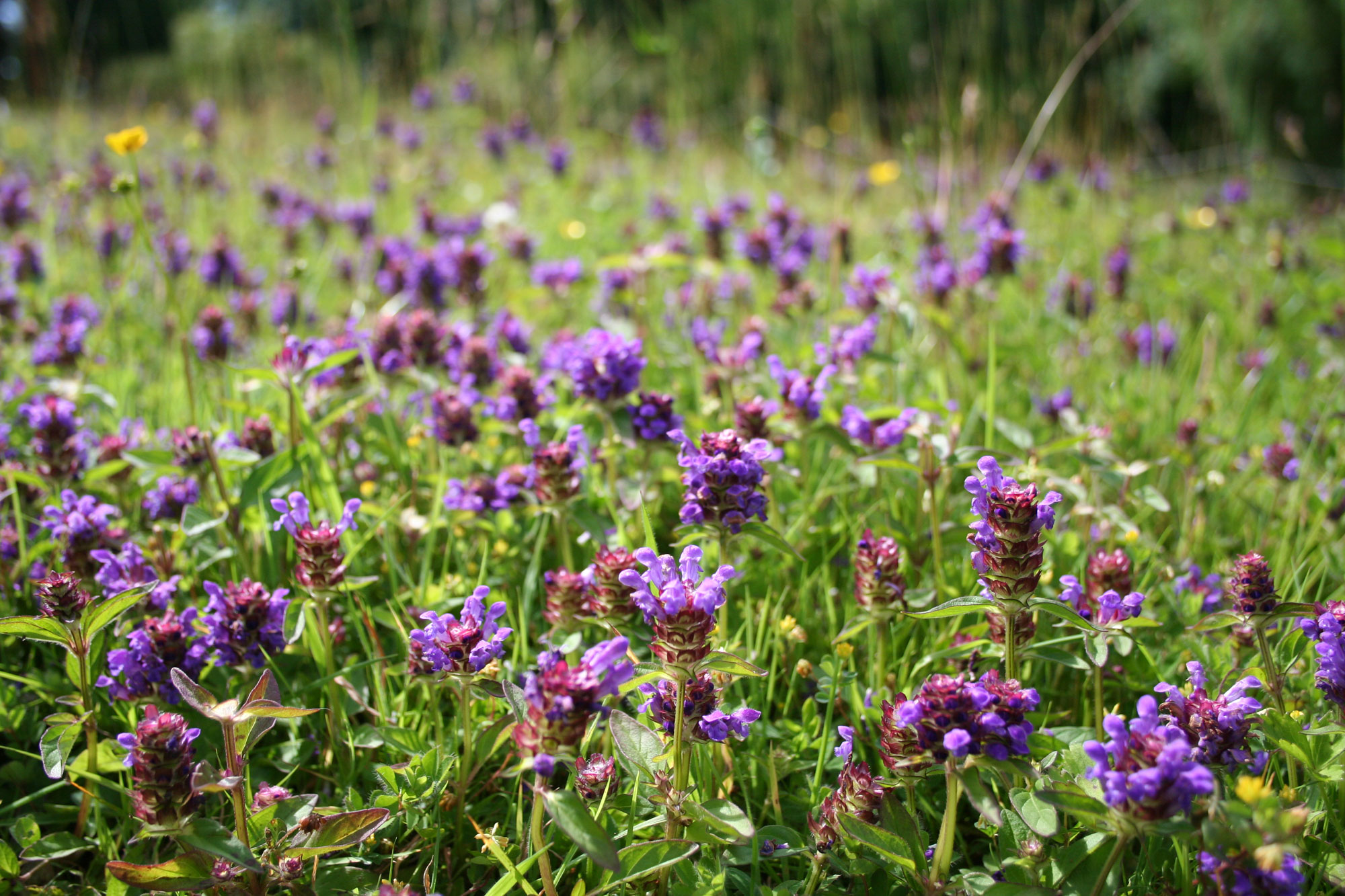
What are the benefits?
It's no secret that Americans have a bit of a love affair with lawns. According to Bee City USA, lawns make up 40 million acres, some 2% of the US land and making it the single most irrigated crop in the country.
However, a well-kept lawn also means a lawn that doesn't permit flowers to grow, which are attractive to bees and other pollinators. Given that wildflower meadows are in steep decline, and considering the vastness of lawns as a potential source of nectar for insects, No Mow May could make a huge difference to food sources available for many beleaguered species.
'Moving a garden from antiseptic turf grass to a space full of biodiversity means a change in expectations and habits as well as the perception of beauty,' master gardener, author and beekeeper Charlotte Ekker Wiggins.
According to Plantlife's Every Flower Counts study in the UK, just over 300 square feet of lawn would produce enough pollen to stock up six mining bee brood cells and enough nectar sugar to meet the baseline needs of six bumblebees a day.
For the gardener, No Mow May should also help you benefit from less lawn maintenance, allowing you to turn your attention to other elements of your garden, or just enjoying being out in nature.
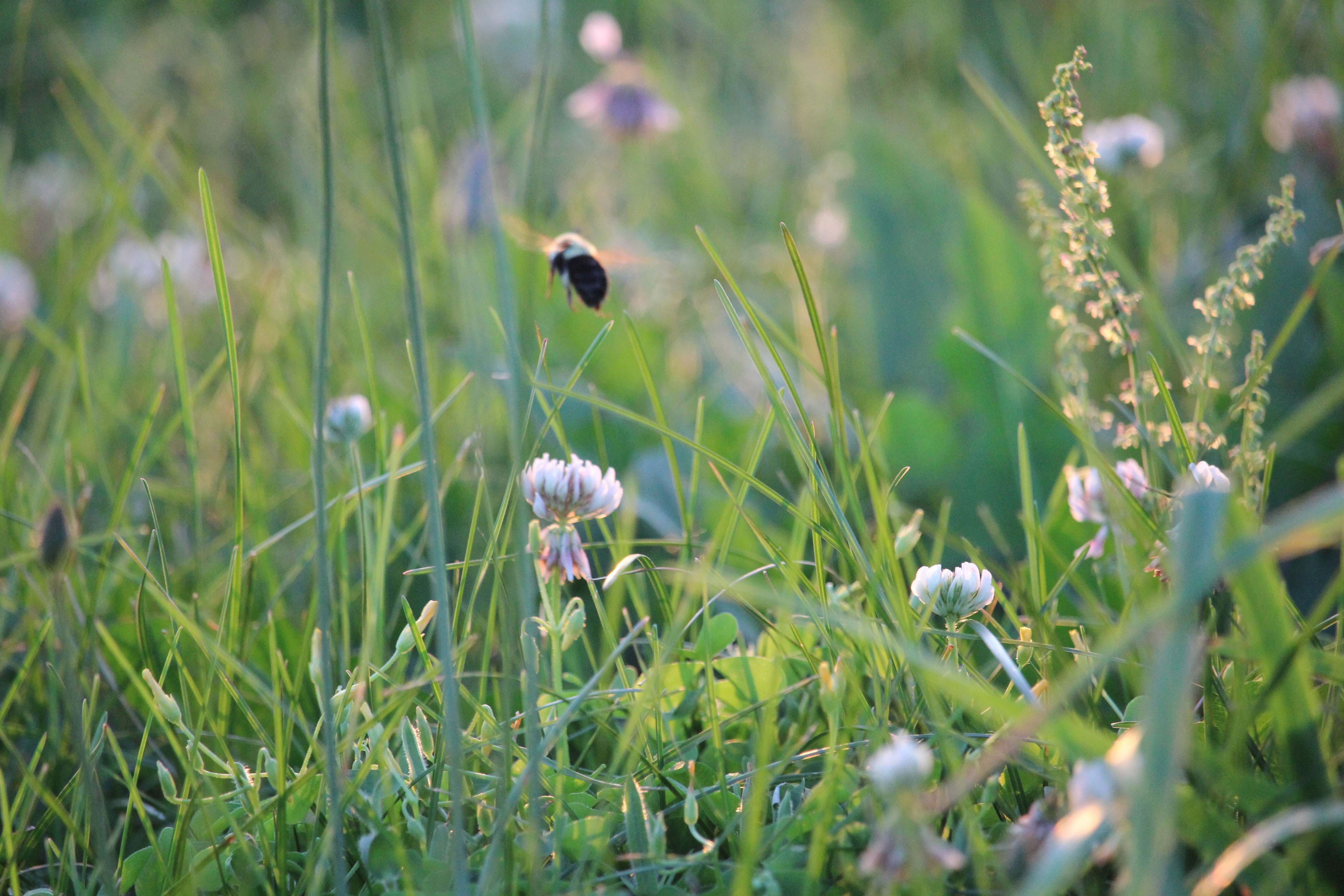
What are the potential drawbacks?
According to some gardeners, a traditional lawn must be mowed weekly to maintain the health of the lawn. 'When a lawn is mowed regularly, it keeps the blades of grass at an optimal height for photosynthesis,' explains Brody Hall of The Indoor Nursery. 'Tall grass leaves, florets, and peduncles (flower stalks) will shade the blades from sunlight and reduce nutrient absorption.'
'There is also the question of cool vs. warm-season turf,' adds Ryan Prange, from Falling Waters Landscape. 'If you don't mow a cool-season fescue weekly, for example, it will shade itself out, create fungus and mold problems, and most likely die off in various areas.'
'Meanwhile, not mowing a warm-season turf will lead to thatch and more shading out of the lower part of the grass. When you finally do mow it, it would be like cutting off 90% of a tree and hoping it will sprout up again,' he continues, 'it most likely won't.'
'Not mowing will increase garden residents from bug-eating birds to beneficial insects [but also] ticks, which tend to climb plants and get rides on passers-by from dogs to people,' explains Charlotte Ekker Wiggins. Growing your lawn might not be the best option therefore for spaces where children and pets play.
There is also the human consideration of your lawn. Wild lawns are not always considered aesthetically pleasing, and more than that, there may be some restrictions you face. 'Community codes may prohibit turf grass growing over a certain height so double-check local laws,' says Charlotte.
There is a suggestion, that rather than focusing on a month of not mowing, gardeners would be better to focus on reducing the amount of lawn present in your front yard landscaping ideas, and planting pollinator-friendly flower beds, instead.
5 ways to make No Mow May work for you
If you love the idea of No Mow May, then if you're mindful about how you let your lawn grow out over the month, it can be considered low risk to its overall health. We've curated some expert tips for not only keeping your garden looking great through No Mow May (and keeping the neighbors onside), but also ensuring your lawn stays healthy throughout.
1. Make it feel purposeful
There are ways you can opt into No Mow May that don't require your lawn to feel overgrown and unkempt. 'You can embrace a long lawn by mowing around its edge and mowing a path through it this helps to give it more a purposeful look,' suggests author and gardener Arthur Parkinson.
'Maintaining a tidy mowed edge also makes a busy natural planting look less overwhelming, and makes these spaces look intentional rather than neglectful,' says Matthew Shepherd from Bee City USA. However, it may also help you circumvent your lawn ordinances.
The Livingetc newsletters are your inside source for what’s shaping interiors now - and what’s next. Discover trend forecasts, smart style ideas, and curated shopping inspiration that brings design to life. Subscribe today and stay ahead of the curve.
Some grass types are better suited to No Mow May too, and will look better than others. 'If you are going to participate it is best to have finer grass,' says lawn expert Evan Ebert of The Riding Lawnmower. 'It will look better and generally can recover more easily to the drastic change in length.'
It may be worthwhile talking to neighbors about No Mow May too, so they know what you're doing. 'Educate your neighbors and passersby about your landscaping choices,' suggests Matthew from Bee City USA. 'Displaying a simple sign designating your yard as pollinator habitat can be the difference between it being seen as a neglected area to people viewing it as an important part of a thriving landscape.'
The addition of this small, handmade sign to your front yard will tell neighbors and passersby all they need to know about your unmown lawn.
2. Get to grips with local lawn ordinances
'Keeping a mowed edge in front of or around a natural planting of a foot or two may be all that’s needed to define “lawn” from “garden” and keep you in step with local ordinances or Homeowner Association guidelines,' suggests Matthew from Bee City USA.
'Engage with your city council, health department, or other local officials,' he continues. 'Tell them what you are doing, why, and begin a conversation about how they can support natural landscapes in their community.'
3. Stick to one area
No Mow May isn't an all-or-nothing type of deal. If you have the space, designating a certain area to be left unmowed can overcome some of the issues associated with the initiative, such as untidy lawns and space for children and pets.
'I am nervous about going the full No Mow May - we have a large grassy area and it gets out of hand quickly,' says Pip Rich, editor of Livingetc. 'However I love the principles of attracting wildlife, and the beauty that can come from unexpected wildflowers, so we have left a 'meadow corridor' down the edge of the grass, a 3-foot wide strip which we are not mowing.'
'Last year, it was alive with insects - you could hear the buzzing and it was wonderful to experience. This feels like a much easier way to manage the concept of no-mowing, rather than going all out.'
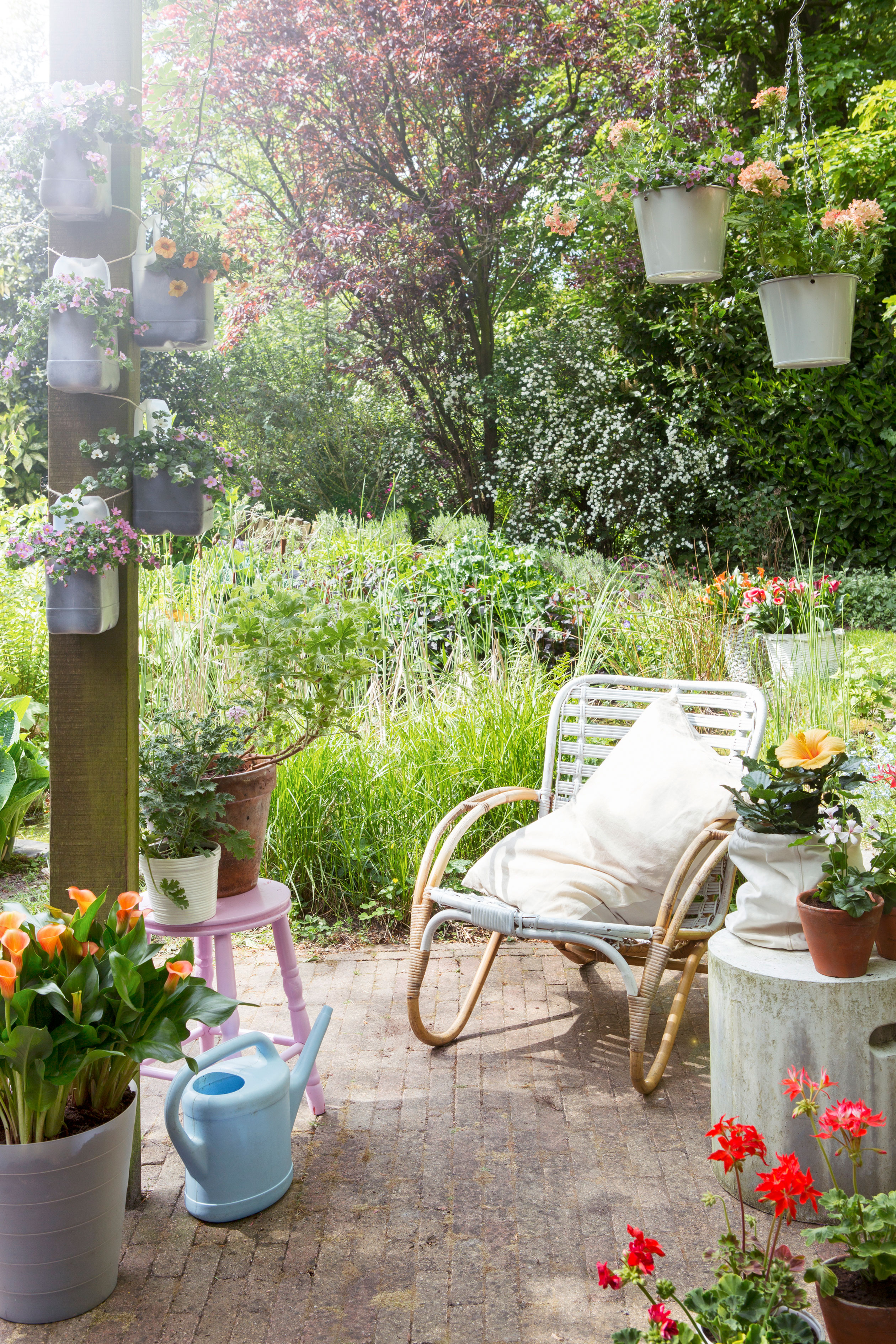
This approach may actually be the best one for your garden's biodiversity, too. 'Plantlife guidance across the year recommends a layered approach to the garden cut, where shorter grass is complemented by areas of longer grass,' says Oli Wilson, National Plant Monitoring Scheme modeler from Plantlife. 'This two-tone approach boosts floral diversity and nectar and pollen production through the year.”
'You can also leave a patch of your grass to grow wild for a lot longer than a month,' says Granger McCollough from Elite Patio Direct. 'I like this idea because you can choose exactly the size of the patch you would like to grow out, and not only that, it looks fantastic in a garden. You can leave it for as long as you like, even forever, but if you do decide to cut it then some rules apply.'
'With a taller lawn you’ll get hopefully things flowering within the grass like clovers and buttercups in the first year of ditching the mower,' says Arthur Parkinson. 'Then you can mow it over in the autumn and I’d encourage anyone then to really go to town with wildflower plug plants such as perennial cornflowers.'
4. Keep an eye on lawn growth
Some of the major maintenance issues that may come with No Mow May come from too much growth, however, it should be maintainable at this time of year.
'I love the idea of No Mow May because for most, this is the time of year where grass growth is not going wild,' explains Anton Schwartz, author of Lawn Care Guides. 'Plus by not cutting on a regular basis you are not encouraging growth which will cut down your yard maintenance during this month.'
'It's important to note that you don’t want the grass to get too long,' warns Anton. 'If you are seeing growth over 4” on cool-season grasses and 3” of warm-season grasses then it's advisable to cut back down to 4” and 3” respectively during this month as long grass will droop over and smother the grass which will lead to fungus and other lawn diseases.'
5. Start mowing again carefully
You may be tempted to give your lawn the buzzcut treatment come June 1st, but be careful as this could cause your grass long-term issues. 'Once you begin mowing again in June, it may cause your grass to become over-stressed, with a rapid change in height,' says Evan Ebert.
'You should only cut around 1/3rd of the length of the grass, cutting off more can really inhibit the grass’ growth rate and destroy your lawn,' suggests Elite Patio's Granger McCollough. 'Getting your grass back to the size that it was could take weeks or months, so be patient with it.'
'You are also likely going to have to do a little more cleanup when you have finished, there will be a lot more clippings and dead grass lying around as well as a lot more weeds. You may need to get rid of the clippings by hand.'
What alternatives are there to No Mow May to help bees and pollinators?
There are more ways to approach wildlife gardening throughout the year than just participating in No Mow May. Here are a few ideas to get you started on your journey to a more biodiverse garden.
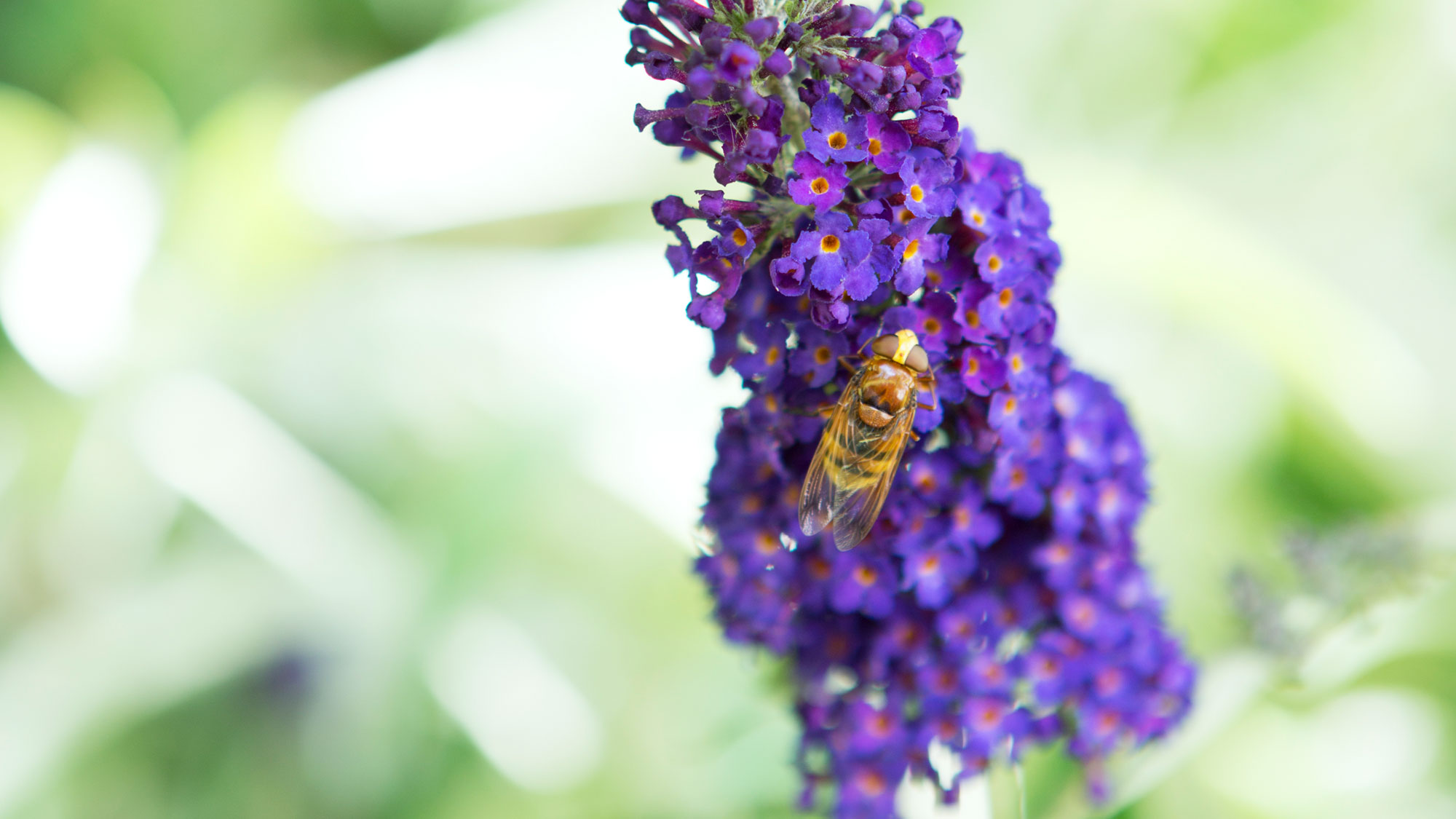
'I recommend thinking of your turf grass as an area rug instead of wall-to-wall carpeting,' suggests Haeley Giambalvo of Native Backyards. 'Consider removing a section of grass that you don’t use regularly, or that doesn’t grow well because it gets too much shade or too much sun.'
'Instead, replace the grass with a flower bed of plants that are native to your local area. Most of our yards are filled with plants from other parts of the world that insects can’t eat. However, many native plants serve as critical host plants for butterflies and moths, providing food for their caterpillars. More caterpillars in your yard attracts more song birds that eat them!'
Learning how to choose plants for a garden will also make a difference in what insect life you attract. 'Bees are particularly fond of blue, pink/purple, and yellow flowers - saliva, oregano, mint, lavender,' explains Brody Hall from The Indoor Nursery, while hover flies enjoy herbs and vegetables that exhibit white flowers - carrots, coriander, dill. Butterflies love red, yellow, orange, and pink/purple flowers such as hollyhock, snapdragons, and pansies.'
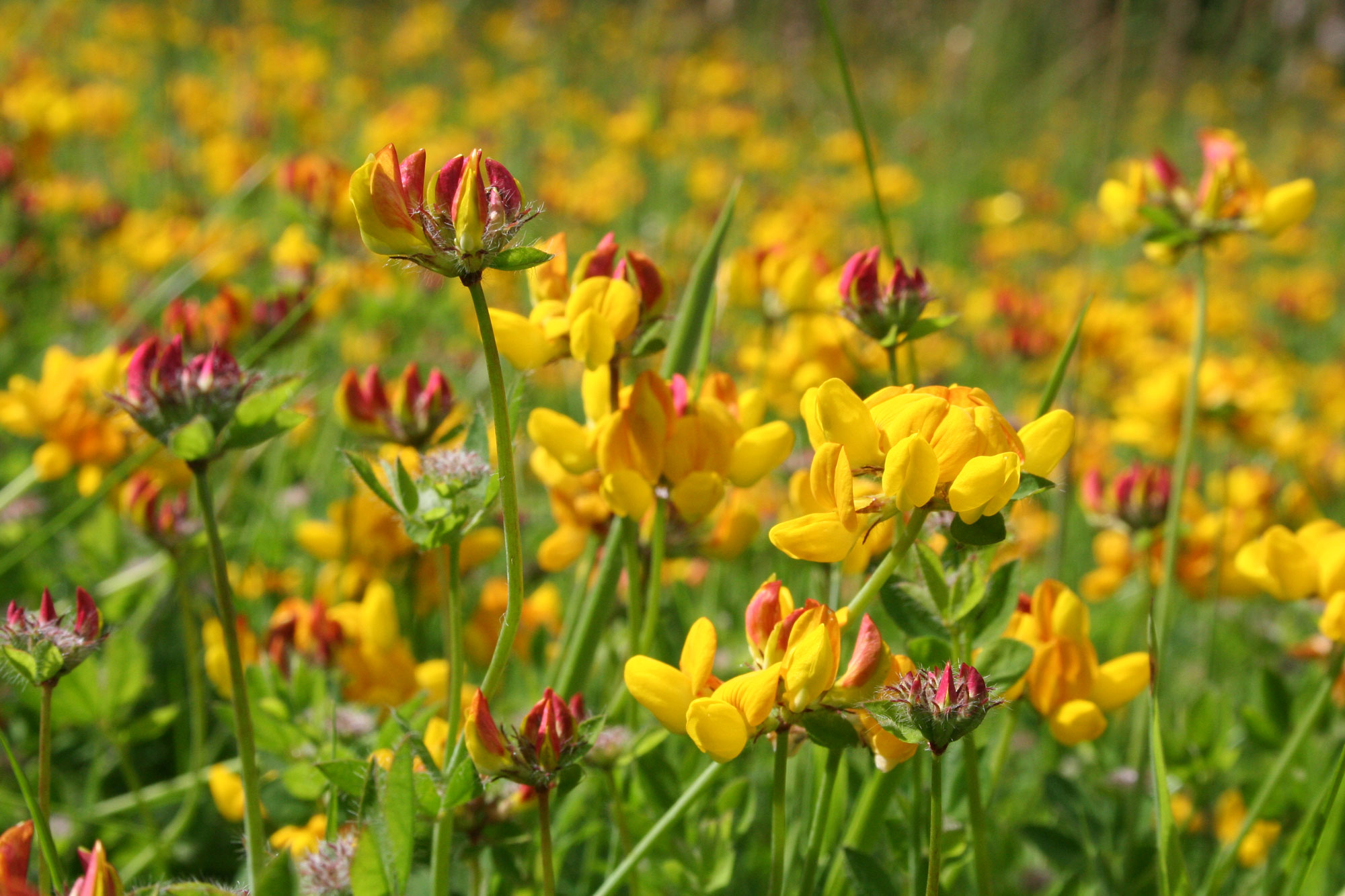
No all lawns are well suited to No Mow May, and making some choices from the outset of your lawn can make them more pollinator-friendly without the requirements of leaving grass to grow long.
'People should be encouraged to plant pollinator gardens, be educated on what bee's need, and consider traditional turf alternatives if they want to mow less. There are all sorts of groundcovers and sedge "lawns" that require much less maintenance,'' says Ryan Prange.
'Introducing clover to your lawn and grass mixture is a great idea, as it can withstand the typical height for mowing while still producing flowers for the pollinators,' says lawn expert Evan Ebert.

Hugh is Livingetc.com’s editor. With 8 years in the interiors industry under his belt, he has the nose for what people want to know about re-decorating their homes. He prides himself as an expert trend forecaster, visiting design fairs, showrooms and keeping an eye out for emerging designers to hone his eye. He joined Livingetc back in 2022 as a content editor, as a long-time reader of the print magazine, before becoming its online editor. Hugh has previously spent time as an editor for a kitchen and bathroom magazine, and has written for “hands-on” home brands such as Homebuilding & Renovating and Grand Designs magazine, so his knowledge of what it takes to create a home goes beyond the surface, too. Though not a trained interior designer, Hugh has cut his design teeth by managing several major interior design projects to date, each for private clients. He's also a keen DIYer — he's done everything from laying his own patio and building an integrated cooker hood from scratch, to undertaking plenty of creative IKEA hacks to help achieve the luxurious look he loves in design, when his budget doesn't always stretch that far.
